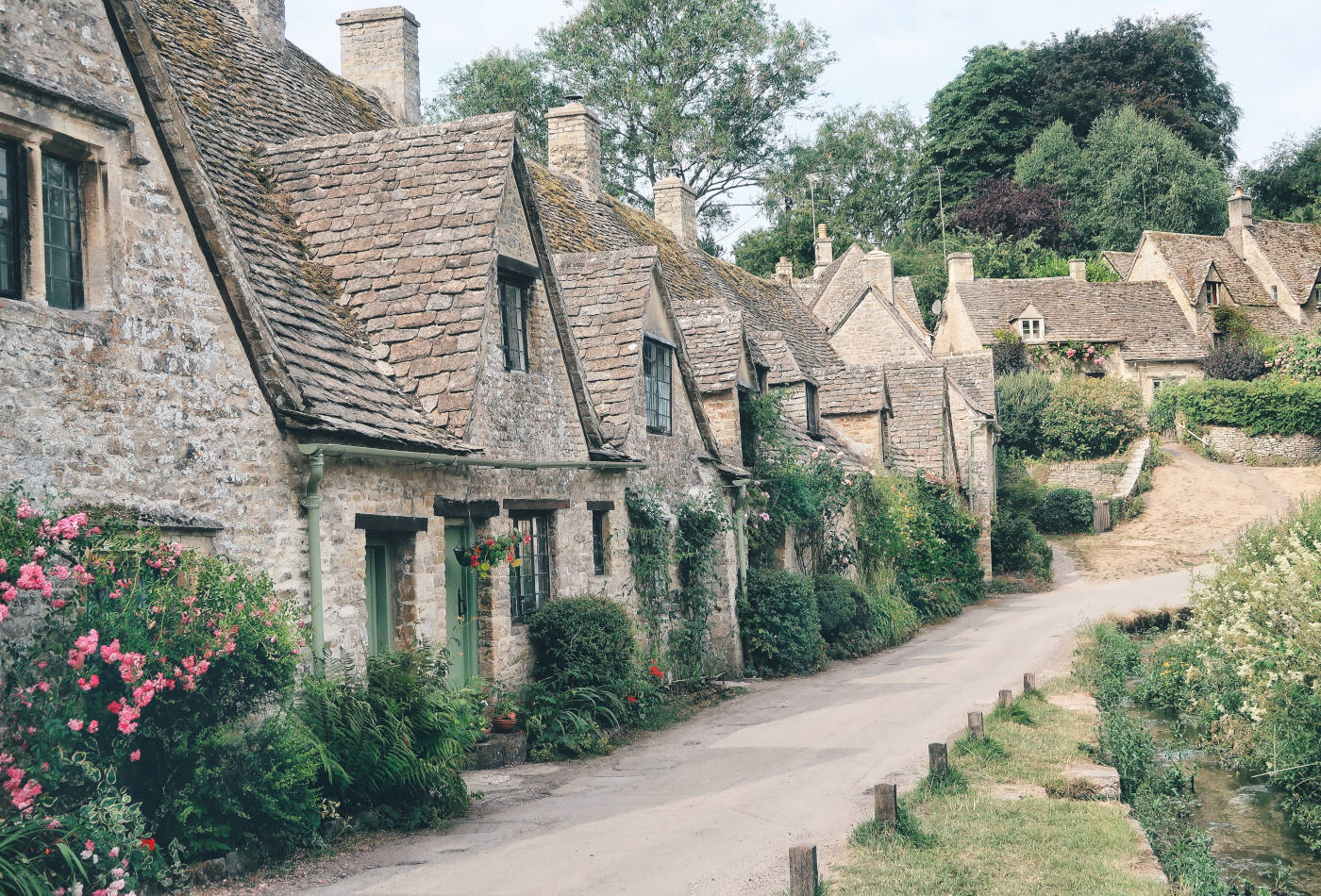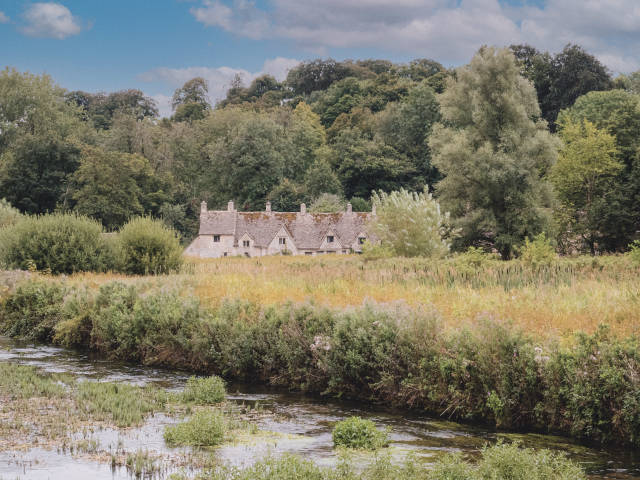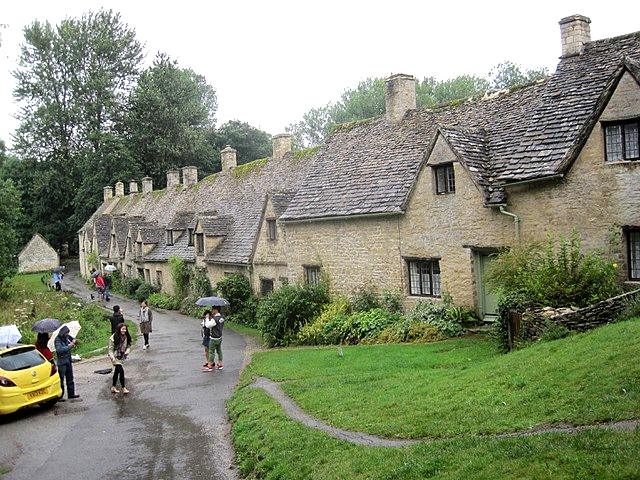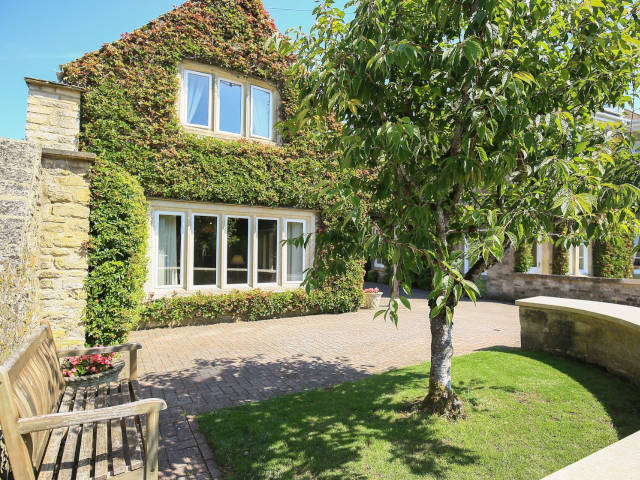The Magic of Summer Solstice at Stonehenge
Many people around the globe are preparing to celebrate the Summer Solstice at Stonehenge. This spiritual festivity praises fertility,...

Tucked away in the heart of the Cotswolds is the picturesque location of Arlington Row. Recognised as one of the most photographed places in the Cotswolds, it is full of history and culture.
In the quaint village of Bibury, Arlington Row is one of the most popular tourist attractions in the Cotswolds.
Surrounded by the beautiful green hills of the Cotswolds, Arlington Row is in a stunning location. Whether travelling with friends or family, Arlington Row is a must-visit destination in the Cotswolds.
Find out everything you need to know about Bibury’s picturesque Arlington Row…

In a nutshell, Arlington Row is a set of 14th-century cottages. But it is so much more than that.
On the banks of the River Coln, the Arlington Row cottages show you a glimpse through the regions farming history.
The set of cottages along Awkward Hill is so popular with tourists. Many believe it is the most photographed attraction in the Cotswolds.
What makes the region so appealing is the charm that comes out of Bibury. The surrounding stone buildings, green landscapes, and friendly tourists take you away from everyday life.
Why not spend a week of relaxation exploring the areas around the River Coln in one of these Bibury Cottages?
Arlington Row is accessible from Awkward Hill in the quiet village of Bibury.
Bibury is on the eastern edge of the central Cotswolds.
Although this beautiful scenery is tucked away, there are multiple ways of getting to Arlington Row. If you are driving, the M4 and M5 will take you most of the way. While a short bus journey with one change is available from Cheltenham.
Access to Arlington Row by car is limited. So, we recommend parking up in Bibury and walking across the river.
Built in 1380, Arlington Row started life as a wool store. In the 17th-century, the row of cottages was converted into weaver’s cottages.
Across from the cottages is a patch of boggy meadow (Rack Isle). After the wool had been washed, it was left to dry on the Rack Isle.
Once the wool was dry, it was then sent to Arlington Mill to be processed.

In 1929, preservation was maintained by the Royal College of Arts. And the cottages were again restored by the National Trust in 1975.
The National Trust now owns all the properties along Arlington Row. All but one of these are leased out to a group of private tenants.
In 2015, a yellow car (pictured above) was parked along Arlington Row. This annoyed many tourists who thought it was spoiling their photographs. It eventually led to the car being vandalised.
It created a number of news stories and led to the Bibury resident changing the colour of his car.
Note to visitors: While Arlington Row is a beautiful location to enjoy with the family, it is also private accommodation. Please take this into consideration when visiting.
It can be an all-around enjoyable experience for visitors and residents. Enjoy the views of the cottages from a distance. And don’t go watching people eating their dinner through the window.
For many years, Arlington Row has been one of Cotswolds most popular tourist attractions.
At the peak of summer, the tiny street attracts over 3000 visitors per day. But what makes the row so famous?
Well, it really is just the beautiful surroundings. The first thing people think of in the Cotswolds is Arlington Row. Even if you don’t know the name, you will most likely have seen a picture of the quaint row of cottages.
It is this picture-perfect scenery that has made Arlington an ideal setting for some classic favourite romantic comedies.
Arlington Row has been used for Bridget Jones Diary and Stardust. And it’s easy to see why.
The idyllic setting is the perfect setting to give viewers an instant taste of romance.
With these two films, Bibury has been host to Hollywood stars.
Bridget Jones brought Renée Zelleweger, Colin Firth, and Hugh Grant.
While Stardust introduced Claire Danes, Ian McKellen, Charlie Cox, and Henry Cavill to the beautiful Cotswold village.

Arlington Row itself only has one bookable home. This property is extremely popular and can be very expensive.
We would recommend staying in the local village of Bibury to make the most of your visit to the area.
Bibury is a beautiful village that has become popular among tourists visiting the Cotswolds. One of the best ways to experience the area is in a self-catering cottage.
These cottages give you the freedom to stick to a budget. Cook your own meals, come and go as you please and enjoy the privacy of having your own home away from home.
Most of the Bibury Cottages on Manor have a quaint cottage vibe. But Arlington Mill is one of the favourites among visitors.
The beautiful cottage has a traditional stone finish. And, you are within a ten-minute walk of the local pub.
The National Trust owns Arlington Row.
The famous row of cottages is surrounded by natural beauty. So much so that it is a part of this official Area of Outstanding Natural Beauty.
Don’t just stop here on your visit. Spend the day in the area, exploring the rolling green hills and the unique water meadows.
Or, if you want to settle down for the afternoon, Bibury is home to traditional pubs, tea rooms and restaurants.
What better way to spend a day with the family than to discover the charming village of Bibury. For another splendid National Trust site, read our blog:“Lacock Abbey: Everything you need to know!”
Arlington Row is one of Cotswolds most famous landmarks. It is full of historical details about how rural Britain functioned throughout the Middle Ages.
Visit with your friends, family and pets. But make sure to book one of these charming Bibury holiday cottages to make your visit one to remember.
Call one of our fantastic travel agents or book your cottage near Arlington Row online today.
Image Credits – Les Hull – (CC BY-SA 2.0); John Morris – (CC BY-NC-SA 2.0)